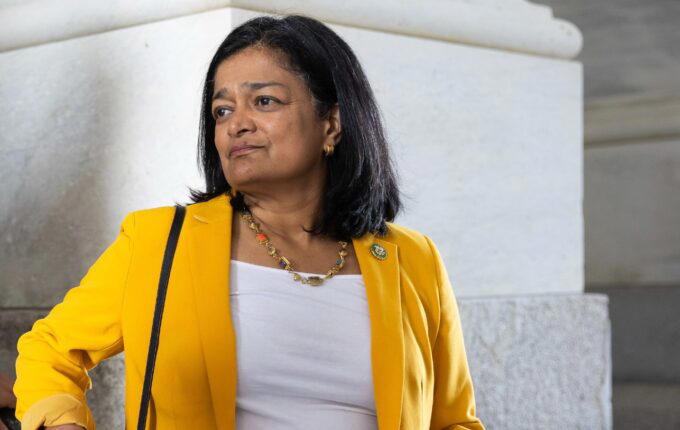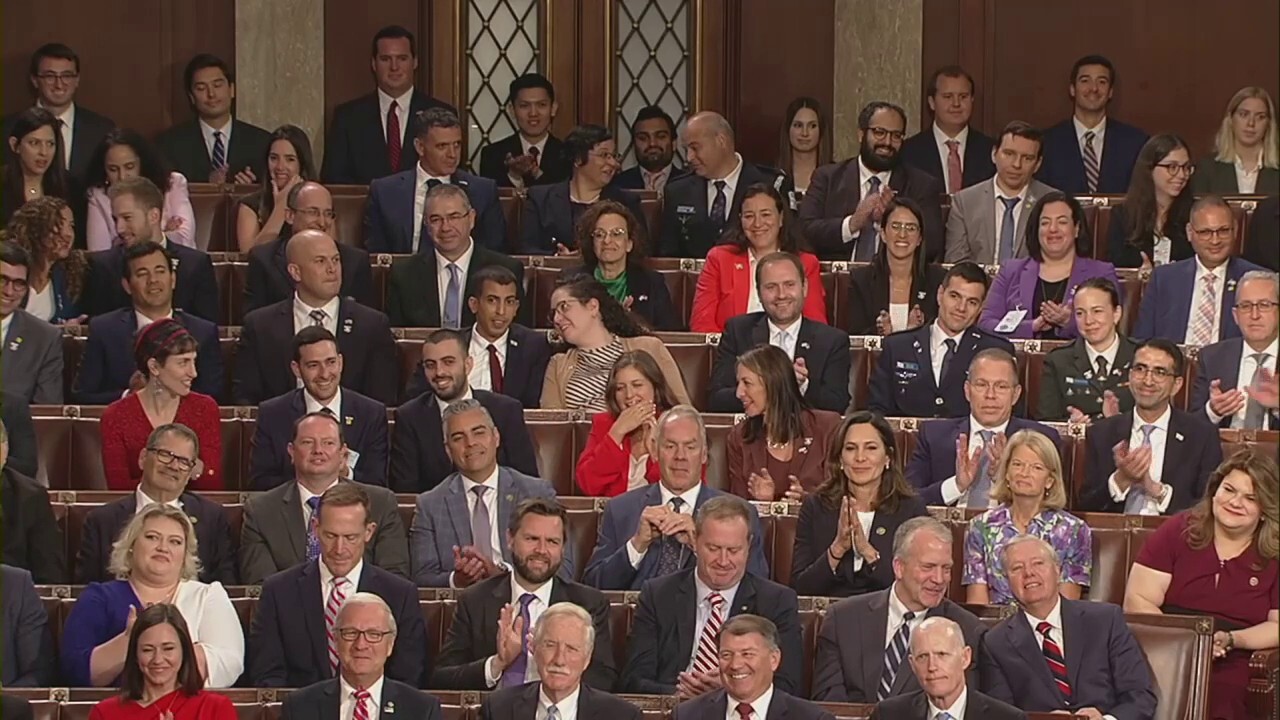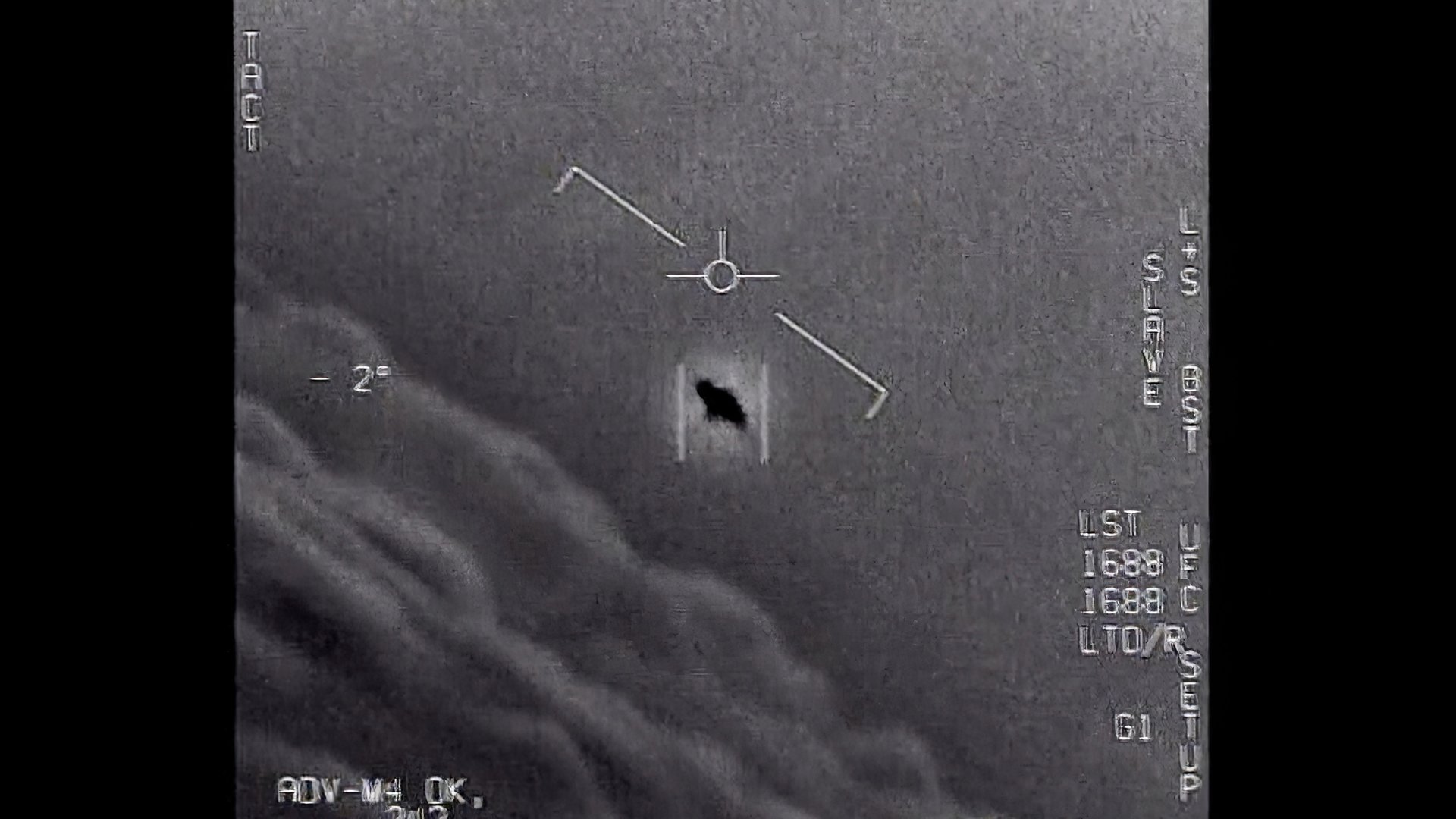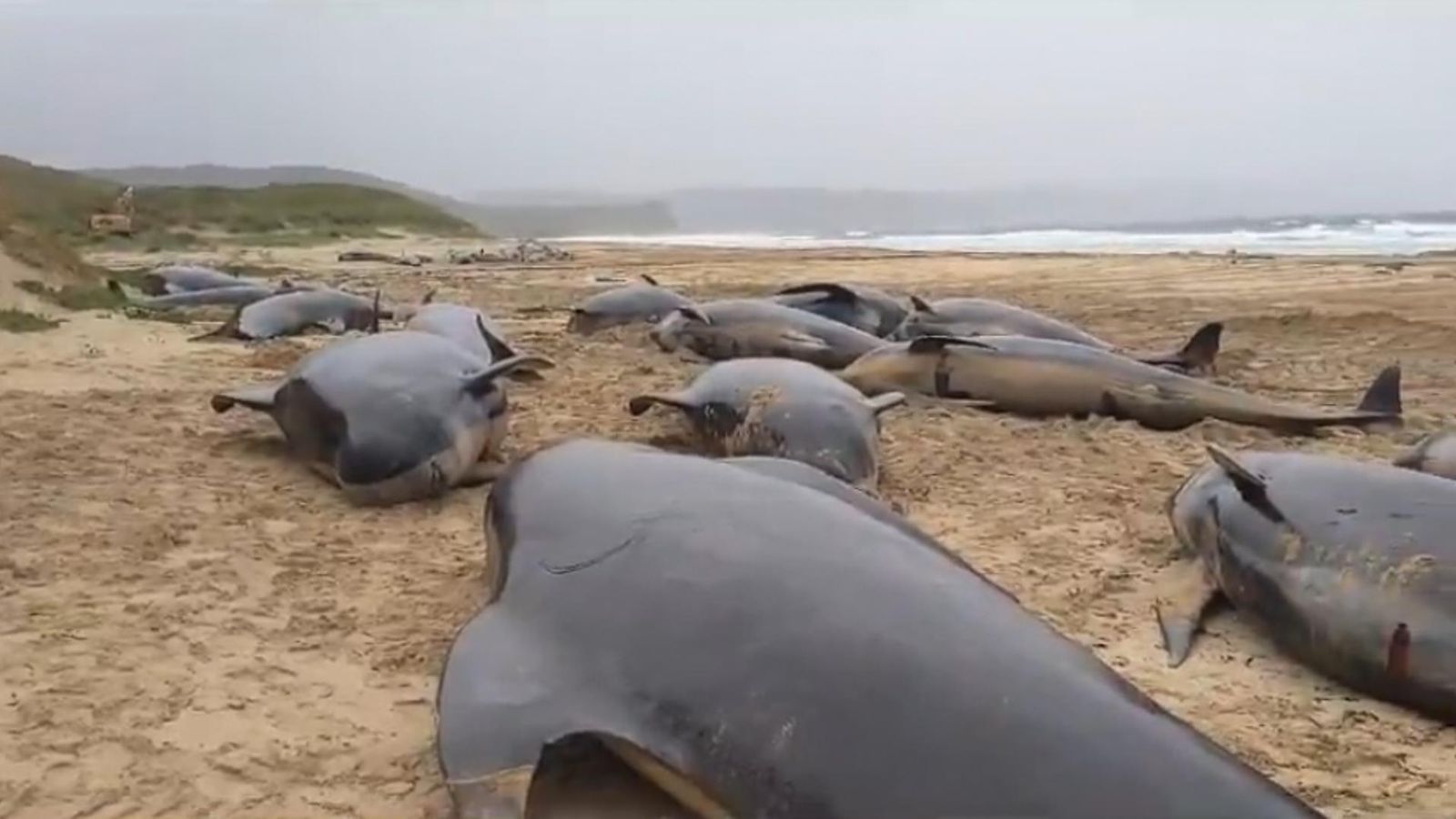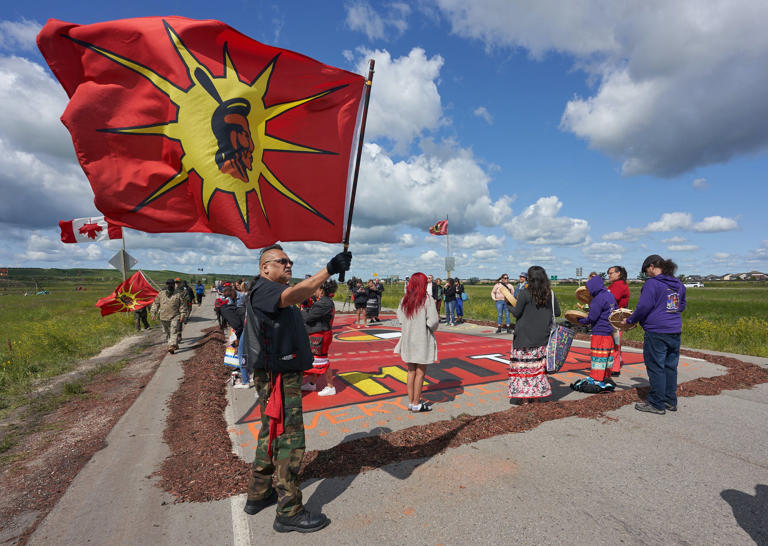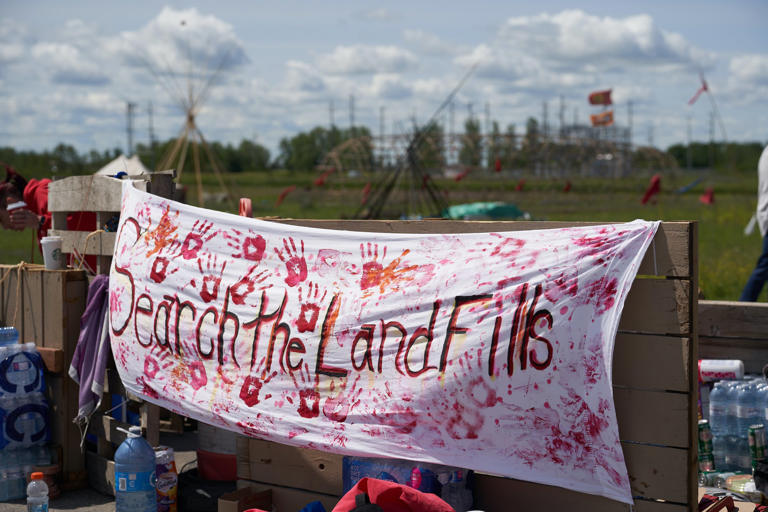Story by By Divya Rajagopal • 8h ago

Rally against mining in northern ontario© Thomson Reuters
TORONTO (Reuters) - A group of five First Nation communities of Canada on Thursday marched against the Ontario government's decision to allow mining in a mineral-rich region without proper consultation over environmental concerns and potential land encroachment by mining companies.
The protest by some 100 people, including representatives of the five communities and others opposing the project, marched outside the provincial government's ministry of mines building in Toronto raising slogans of "no more mining."

Rally against mining in northern ontario© Thomson Reuters
It comes two months after the First Nation groups launched a legal action against the Ontario government. The group is planning another protest in September.
Known as the "Ring of Fire," the region in the remote James Bay Lowlands of northern Ontario is considered the next frontier in the exploration of critical minerals such as copper, cobalt, nickel as Canada seeks to diminish its reliance on China for metals seen as crucial in the transition to a greener economy.

Rally against mining in northern ontario© Thomson Reuters
Some First Nation communities that own the land holding these deposits, however, are irked at the government's lack of engagement, they said.
The project, proposed by the province of Ontario, will include building an all-season road, rail lines and speeding up mining permits in the region, which belongs to the several First Nation communities.
"We just don't want mining in our lands," Chief Rudy Turtle of the Grassy Narrows First Nation told Reuters. "You are going around looking for land without even talking to us... we are against that."
The Ontario government last year threatened to use bulldozers on the indigenous land if needed. The leaders of the five communities will be meeting with the Ontario government to put forward their concerns in the coming weeks.

Rally against mining in northern ontario© Thomson Reuters
At least two other First Nation communities in the region have agreed to the project.

Rally against mining in northern ontario© Thomson Reuters
"They want to pit First Nations against each other so that they can have their mines and destroy our lands," said Chief Chris Moonias of the Neskantaga First Nation, which owns the land where one of the access roads to the Ring of Fire is planned.
(Reporting by Divya Rajagopal; Editing by Sandra Maler)
